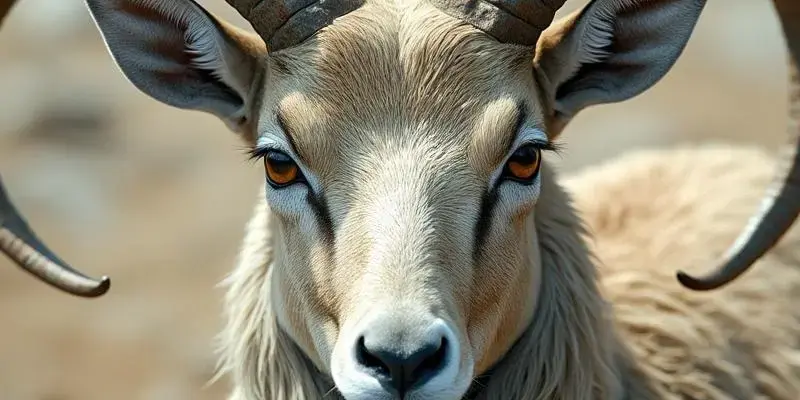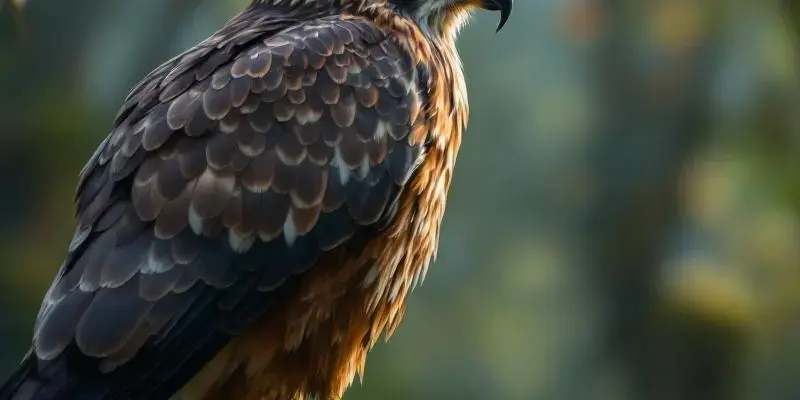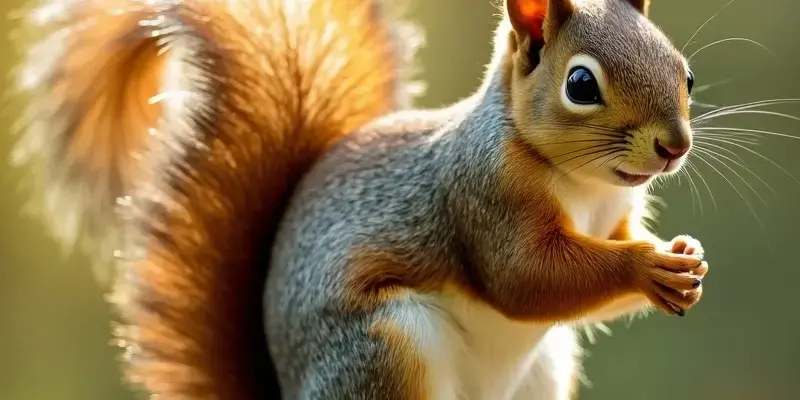Ibex spiritual meaning

The ibex’s spiritual symbolism spans an astonishing 10,000 years of human history, appearing in artwork from Neolithic caves to Bronze Age artifacts across three continents. This remarkable mountain dweller, with its magnificent curved horns and ability to navigate treacherous terrain, embodies ancient wisdom about resilience, fertility, cosmic connection, and the delicate balance between boldness and caution.
Key Takeaways
- The ibex represents one of humanity’s oldest continuous spiritual symbols, appearing in art for approximately 10,000 years
- Ancient cultures associated the ibex with fertility and abundance, particularly during winter seasons
- The ibex’s curved horns and mountain habitat created natural connections to celestial bodies and astronomical cycles
- In biblical contexts, ibex symbolizes divine provision and the ability to thrive in harsh environments
- As a modern spiritual symbol, the ibex teaches resilience and boundary-setting in challenging circumstances
The Mountain Guardian: Introduction to Ibex Symbolism
Perched on seemingly impossible cliff edges, the ibex has captured human imagination for millennia. This magnificent mountain dweller represents one of humanity’s oldest and most enduring spiritual symbols, with evidence of its significance stretching back approximately 10,000 years to the Neolithic Age.
The ibex’s spiritual symbolism shows remarkable continuity across diverse cultural contexts. From the ancient paintings in France’s Chauvet Cave to the intricate seals of the Harappan civilization in the Indus Valley, this animal has maintained its symbolic power across continents and through countless generations. Research published in L’Antropologie journal confirms the ibex’s status as “one of history’s most enduring artistic symbols.”
Unlike many ancient symbols that faded or transformed dramatically over time, the spiritual significance of the ibex has maintained consistent themes throughout human history. From Paleolithic rock art to representations of Mesopotamian gods, the ibex carried the symbolic weight of life, rain, and cosmic connection. This unusual consistency speaks to the profound impact this animal made on early human spiritual understanding.
Ancient Roots: Historical Significance Across Civilizations
The historical footprint of ibex symbolism spans three continents, creating an impressive cross-cultural spiritual narrative. Archaeological evidence reveals ibex depictions throughout Europe (most notably in the Chauvet Cave in France), across Asia (particularly in Harappan civilization seals), and into northeastern Africa. This geographic spread demonstrates the animal’s universal appeal as a spiritual symbol.
A chronological examination shows consistent ibex symbolism from the Paleolithic period (30,000-10,000 BCE) through the Neolithic era (10,000-4,500 BCE) and into the Bronze Age (3300-1200 BCE). Archaeologists have uncovered ibex images carved into mountain rock art across Central Asia and depicted on pottery and metals throughout the Iranian plateau.
Concrete evidence of the ibex’s fertility associations appears in artifacts like the bronze plaque from eastern Iran (dated 1500-700 BC) showing two ibexes surrounding a woman giving birth. Similarly, the “Mother Ranaldi” rock art panel in Italy pairs ibexes with images interpreted as women in labor. The Venus of Laussel figurine from Dordogne, France features a woman clutching what scholars believe is an ibex horn as a fertility symbol.
Ancient Egyptians, Sumerians, and other Near Eastern cultures revered the ibex for its perceived connection to divine forces. Their religious texts and artistic representations consistently place the ibex in sacred mountain contexts, reinforcing its status as a bridge between earthly and spiritual realms.
Life-Giving Symbol: Fertility Associations in Ancient Cultures
According to recent archaeological research, the ibex’s natural breeding season elevated it to “a symbol of seasonal fertility and agricultural abundance.” This connection wasn’t arbitrary—the ibex’s breeding period during winter months (October/November) coincided with crucial agricultural planning periods in ancient societies, creating a natural symbolic link.
Sumerian literature provides linguistic evidence of the ibex’s special status, referring to it as “si-mul,” meaning “star-horned” or “bright-horned.” This terminology connects fertility symbolism directly to cosmic significance, placing the ibex in a unique symbolic category that bridged earthly reproduction and celestial cycles.
The continuity of ibex symbolism is supported by strong archaeological evidence spanning multiple eras—from Paleolithic cave paintings to Neolithic artifacts and Bronze Age representations. European portrayals frequently depict the ibex alongside markings that scholars interpret as references to calendar or lunar cycles, further reinforcing its connection to fertility timing.
Unlike other fertility symbols such as bulls (representing masculine power) or snakes (representing renewal), the ibex uniquely combined seasonal timing, celestial connection, and mountain symbolism. This distinctive symbolic profile explains its persistence across cultures that otherwise had limited contact or shared traditions.
Reaching to the Stars: Celestial and Astronomical Connections
The ibex’s symbolic connection to the stars appears most explicitly in its link to the constellation Capricorn, represented as a goat-fish creature associated with both stellar patterns and rain cycles. This astronomical association appears consistently across multiple ancient cultures despite their geographic separation.
Iranian pottery from archaeological sites including Tall-i-Bakun, Tape Hissar, and Susa frequently depicts the ibex alongside celestial symbols—suns, stars, crosses, and circular points. Researchers note that “as the ibex lives in the mountains naturally, ancient societies believed that this animal is closely related to the sky and stars.”
The cosmic connection explains the Sumerian name “si-mul” (star-horned/bright-horned) and reflects the ancient perception that the ibex’s magnificent horns reached toward the heavens. This physical feature created a natural symbolic bridge between earth and sky, making the ibex an ideal representative of cosmic connection in religious imagery.
The ibex’s mountain habitat physically placed it “closer to the sky” from the perspective of valley-dwelling humans, creating logical symbolic associations for ancient peoples. Additionally, the curved horns physically resembled crescent moons and certain star patterns, providing a visual connection to celestial bodies that reinforced the animal’s spiritual significance.
Sacred Text: Biblical Significance and Divine Design
In biblical Hebrew, the ibex appears as “dishon” (dee-shone) (Strong’s Hebrew 1788), described as “a ceremonially clean animal” that inhabited the ancient landscape of Israel. Within biblical literature, the ibex symbolizes agility, surefootedness, and resilience—qualities that translated into powerful spiritual metaphors.
The biblical ibex represented divine provision through its remarkable ability to find sustenance in seemingly barren environments. This characteristic served as a reminder of “God’s intricate design and care for His creation” and became a powerful metaphor for spiritual provision during difficult times.
Unlike domesticated sheep or goats (which typically represented followers or the faithful in biblical symbolism), the wild ibex represented divine freedom and self-sufficiency. This symbolic distinction highlighted the ibex’s special status as a representative of God’s untamed creative power rather than human religious submission.
The ibex’s unique ability to navigate treacherous mountain terrain became a spiritual metaphor for journeying through life’s challenges with divine guidance. Biblical passages that reference the ibex implicitly celebrate its perfect adaptation to harsh environments, suggesting that humans likewise can thrive under divine guidance despite difficult circumstances.
Modern Wisdom: Contemporary Spiritual Interpretations
Modern spiritual interpretations view the ibex as a symbol that carries a message “to separate yourself from toxic people.” This boundary-setting wisdom reflects the ibex’s natural tendency to maintain distance from potential threats while still engaging with its community when appropriate.
The ibex also warns that “having self-esteem that is too low or too high can prevent you from achieving life goals.” This balanced perspective reflects the animal’s natural behavior—neither recklessly overconfident nor unnecessarily timid in its approach to challenging terrain. Finding this middle path between extremes becomes a central spiritual lesson.
Perhaps the most powerful contemporary message from ibex symbolism states: “When you fail or fall, don’t stay down. Instead, get up and try again. That’s the only way to succeed.” This resilience message draws directly from the ibex’s observed behavior in the wild, where recovery from missteps must be immediate and effective.
Modern spiritual practitioners identify core ibex qualities as tenacity, frugality, nobility, focus, balance, resourcefulness, and creative energy. The animal warns against settling for mediocrity, instead urging individuals toward greater heights—both literally and figuratively. The ancient fertility symbolism translates to a modern abundance mindset—finding resources and opportunities where others see only scarcity.
Spirit Guide: Working with Ibex as Power Animal and Totem
Those who work with the ibex as a totem animal find it “empowers individuals to stand firm in their beliefs and values while also remaining adaptable to change.” This dual capacity for both firmness and flexibility reflects the ibex’s physical abilities and provides a powerful model for human spiritual development.
People with ibex as their totem are “often seen as leaders who inspire others through their resilience and perseverance.” This leadership quality doesn’t stem from aggression or dominance but rather from demonstrating how to navigate difficult terrain with grace—a subtle but powerful form of spiritual influence.
As a power animal, the ibex “grants you the strength and determination to navigate through challenges with confidence.” Unlike predatory power animals that focus on aggression, ibex energy emphasizes defense, cleverness, and finding alternative paths when direct routes are blocked—a more sustainable approach to life’s challenges.
Dreams featuring the ibex “often point to your inner strength, ambition, and the ability to navigate life’s challenges with grace.” These dreams typically appear during periods of transition or difficulty, serving as reminders of untapped internal resources and the need to maintain balance between boldness and caution.
Daily Practice: Incorporating Ibex Wisdom in Modern Life
I’ve found that the ibex teaches valuable lessons about “protecting yourself and those dear to you at all times” through healthy boundary-setting. This practice isn’t about isolation but rather selective engagement based on safety and mutual respect—mirroring how the ibex interacts with its environment.
The ibex urges you to “adapt and cope in difficult situations” through its example of thriving in harsh environments. When facing modern challenges, this wisdom reminds us to focus on finding resources and opportunities rather than dwelling on limitations—a practical spiritual practice for daily resilience.
Symbolizing the need for “balance” between determination and flexibility in pursuing goals, the ibex offers a model for sustainable achievement. This balance prevents burnout while still honoring ambition, creating a healthier approach to personal and professional development.
The article explores the ibex’s significance as one of humanity’s oldest spiritual symbols, spanning 10,000 years across multiple civilizations. The mountain-dwelling creature with distinctive curved horns represents resilience, fertility, cosmic connection, and balance between boldness and caution. It’s appeared in artwork from Neolithic caves to Bronze Age artifacts across three continents, maintaining consistent symbolic themes throughout history.
| Aspect | Significance |
|---|---|
| Historical Timeline | 10,000 years of continuous symbolism from Paleolithic to modern era |
| Key Symbolism | Fertility, resilience, cosmic connection, divine provision |
| Cultural Spread | Europe, Asia, Africa – appearing in cave art, seals, pottery, religious texts |
| Modern Interpretation | Balance, boundary-setting, resilience in challenges, sustainable achievement |














